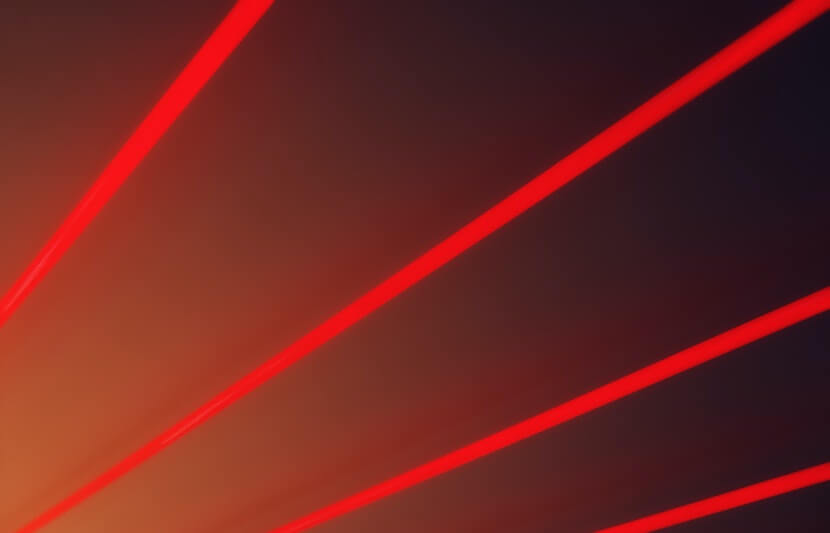A team of researchers from Stanford University has developed a laser-based imaging technique that makes it possible to see objects hidden around corners.
The researchers are currently focused on applying this technique to self-driving cars, some of which are already capable of sensing what’s around the car, but there are other applications, such as seeing through foliage from aerial vehicles or helping rescue teams find people blocked from view by walls and rubble.
“It sounds like magic but the idea of non-line-of-sight imaging is actually feasible,” Gordon Wetzstein, assistant professor of electrical engineering and senior author of the paper describing the study, said in a statement.
The paper is published in the journal Nature.
Currently, self-driving cars use the LIDAR systems, a type of guidance systems that uses light pulses to map the surroundings. This system measures only direct light, which travels from a pulsed laser to a point on an object and directly back to a sensor. Consequently, this direct light can only interact with objects that are visible.
“Imaging objects hidden around corners is a fascinating topic that involves an interesting mix of computation and optics,” said Matthew O’Toole, a postdoctoral scholar in the Stanford Computational Imaging Lab and lead author of the paper. “Our goal is to see whether this type of imaging can be made practical, and to find real-world use cases for this technology.”
The Technique
The researchers developed an algorithm that measures indirect light, which travels from a pulsed laser, scatters off visible surfaces, reaches objects hidden from sight, and bounces back to a sensor.
They set a laser next to a highly sensitive photon detector, which records even a single particle of light. And they placed an object behind a blockade to prevent any light from directly reaching the object.
The laser shoots very short pulses of light at a wall. While some particles of the light are directly reflected, some scatter. The indirect light particles bounce off the hidden object and bounce back to the wall and the photon detector. Currently, depending on the reflectivity of the hidden object, this scan can take from two minutes to an hour
Since the captured photons, at most only a few, cannot completely resemble the hidden object, the researchers use the algorithm they developed to untangle the captured information and resolve the shape of the object.
“We found a way to express the ‘looking around corners’ problem in terms of a well-known image deblurring problem,” said O’Toole. “That way, we can use existing deblurring algorithms that are both fast and memory efficient to solve our problem.”
According to O’Toole, compared to tens of minutes, or even hours, for other existing methods, their algorithm does this in less than a second. And it is so efficient that it can run on a regular laptop. Based on how well the algorithm currently works, the researchers think they could speed it up so that it is nearly instantaneous once the scan is complete.
“I think the big impact of this method is how computationally efficient it is,” David Lindell, a graduate student in the Stanford Computational Imaging Lab and co-author of the paper, said in a statement.
In the Real World
The team tested their technology successfully outside, working only with indirect light. While the technology was successful at picking out retroreflective objects, such as safety apparel or traffic signs, it needs to be improved to work in daylight and with objects in motion, like a bouncing ball or running child.
“This is a big step forward for our field that will hopefully benefit all of us,” Wetzstein said in a statement. “In the future, we want to make it even more practical in the ‘wild.’”
The team is working on improving the technology to work in the real world and to speed up the scanning process. By incorporating higher-power lasers and more sensitive detectors, the team hopes to bring it down to fractions of a second, O’Toole said.



